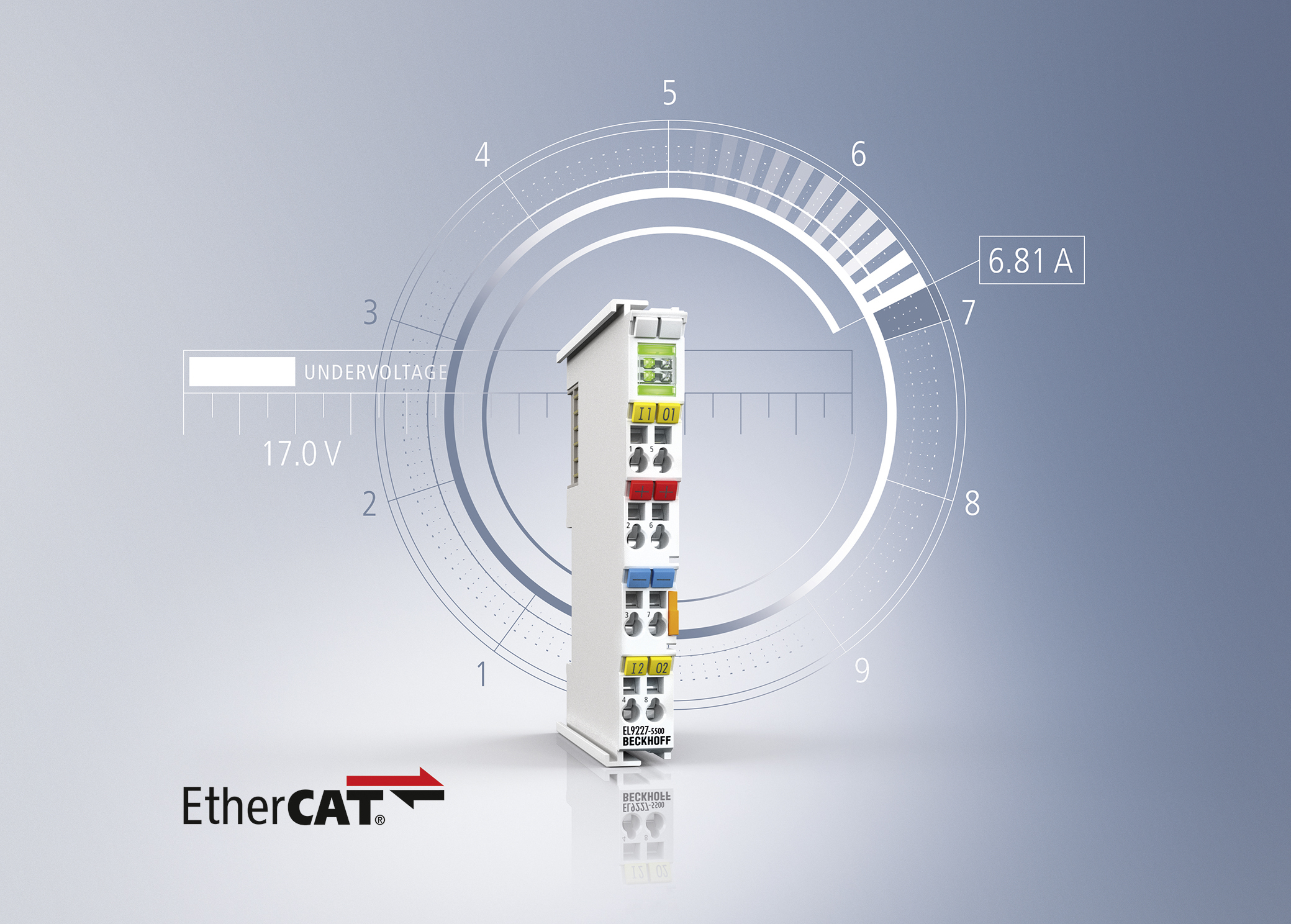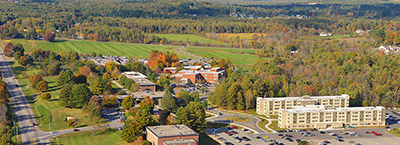In 1862 Abraham Lincoln signed the Homestead Act. This act offered to anyone 21 years or older who was a citizen, or declared their intention to become a citizen, 160 acres of Federal land if that person could build a home on the tract and farm the land for five years. Horace Greeley, editor of the New York Tribune, referred to it as the most vital reform ever enacted “calculated to diminish the number of paupers and idlers and increase the proportion of working, self-subsisting farmers in the land…”. John F. Kennedy said it was “probably the single greatest stimulus to national development ever enacted.” The original Federal stimulus program, and possibly the only one that produced unequivocal success.
An estimated 4 million applications were granted putting more than 10% of the population to work becoming self-sustaining Homesteaders. Many did not survive the harsh conditions and isolation that went with settling the remote territories of the 19th century United States. Many became successful farmers and ranchers, producing enough for themselves and surplus for others. A massive shift in the creation of wealth and the cornerstone of a successful national economy.
The Homestead Act and American “stick-to-it-iveness” lead to huge expansion of agriculture making the United States the breadbasket of the world. Less well known is the connection of the Homestead Act to modern mechatronics. 4 million new farmers meant there was a need for a whole lot of farm implements to be manufactured. During the late 1800′s machinery of every type was invented to help the farmer. Corn planters, harvesters, binders, threshers, seeders, hay stackers, reapers, windmills to pump water, Eli Whitney’s cotton Gin. Every mechanical solution that could be conceived became part of the new era of mechanical invention and machinery making. Every new solution was based on increased productivity that would more than pay for the cost of the investment in equipment. Many of the giants of American manufacturing, among which John Deere and International Harvester, continue to flourish to this day and are major employers in the US and worldwide.
During this same period from 1860 to 1900 80,000 miles of train tracks were manufactured and track was laid connecting cities between the Missouri River and the Rocky Mountains. This required an enormous manufacturing capacity and helped drive the steel industry to its huge size and success providing the raw materials for trains and rails to transport people and goods as well as the steel for the agricultural machinery that would make American farming the huge success it became.
All of the mechanical inventions of the Industrial Revolution are the original systems which we create today using largely electronic means. Line shafts are replaced with computer synchronized AC motor drives, gears and pulleys are replaced with electronic ratio controls. But fundamentally, mechatronics is about using electronic means to improve the precision or reduce the cost of doing something that was originally mechanical. And that basic trend of constant improvement continues today.
Filed Under: Mechatronic Tips



